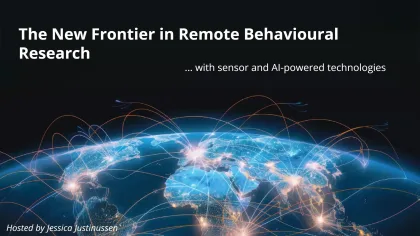Good human performance training and testing requires expert instructors, but even experts may miss small errors. Tools that are attuned to small errors and how to correct them can provide that extra edge. This is where biosignals come in — especially for when trainees are drivers going fast!
In this webinar, see how iMotions and our partner Smart Eye provide a hands-on solution for experienced and novice race car driver training clients, by monitoring eye tracking and facial expression data in real time, in the car, in the field. We invited Aaron Galbraith, Senior Sales Engineer at Smart Eye, to demonstrate a car-equipped Smart Eye Pro + Affectiva facial coding engine setup. iMotions Senior Product Specialist Nam Nguyen then goes in-depth on how to analyze these data in iMotions for optimizing performance for race car driving.
If you are in the automotive, aviation, or human performance fields, you won’t want to miss seeing how the complete setup outcompetes traditional driving training.
Chapters
0:00 Introduction
9:59 How users experience car user interfaces
10:33 Overall user experience
11:22 How does the environment affect the car experience
12:10 How can biometrics help drivers go faster
15:10 Bondurant High Performance Driving School pilot study
15:56 Smart Eye Pro setup
17:07 Study requirements
19:30 Challenges of biometric data collection in a race car
24:02 Smart Eye Pro and iMotions setup
29:06 Preview of how the data looks like in iMotions
31:43 Analysis of data collected from professional race car driving instructor
36:23 Comparing incorrect and correct attention during driving
37:51 Eye tracking visualization
40:06 Bondurant Pilot study findings summary
46:55 Q&A












